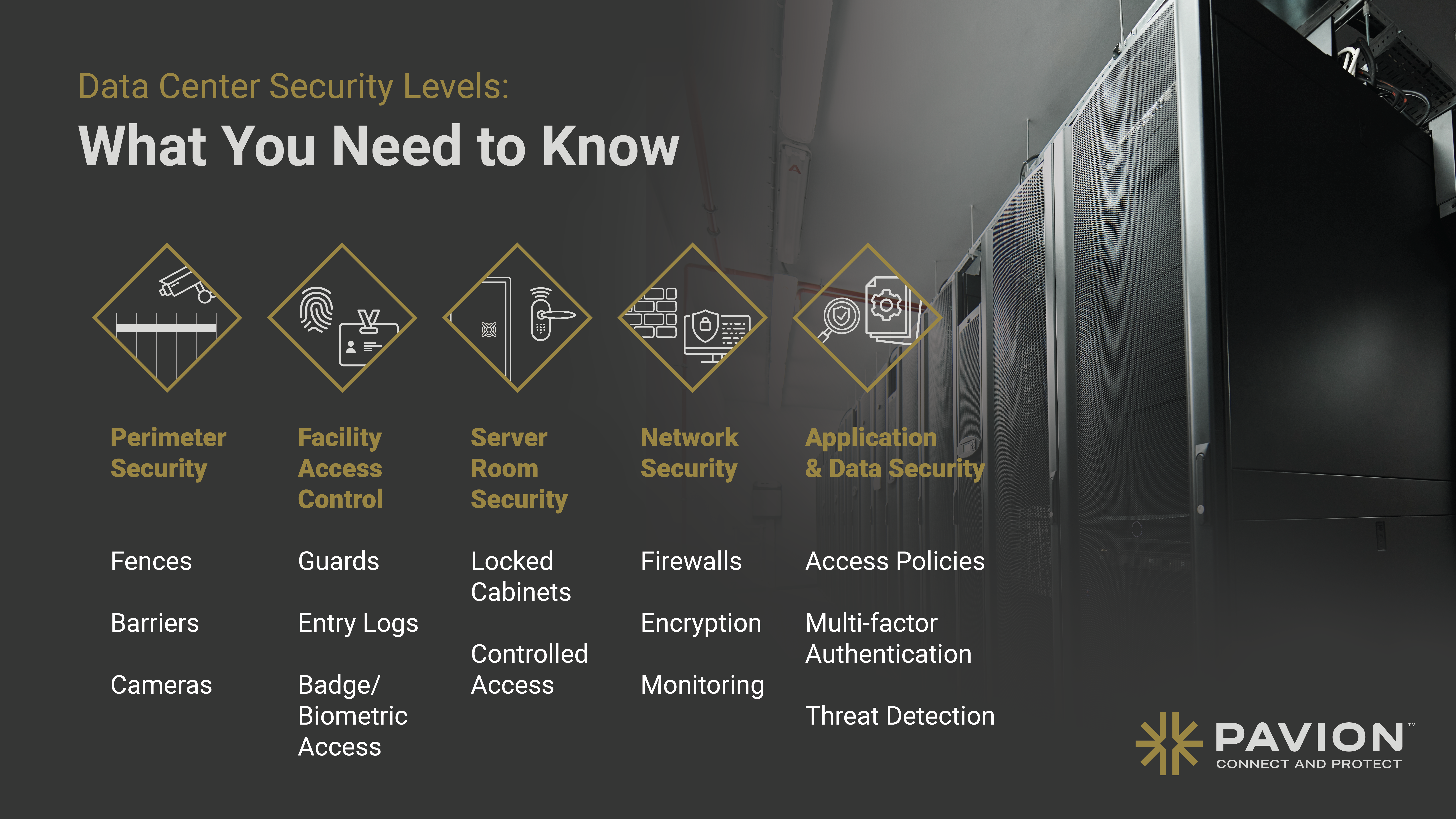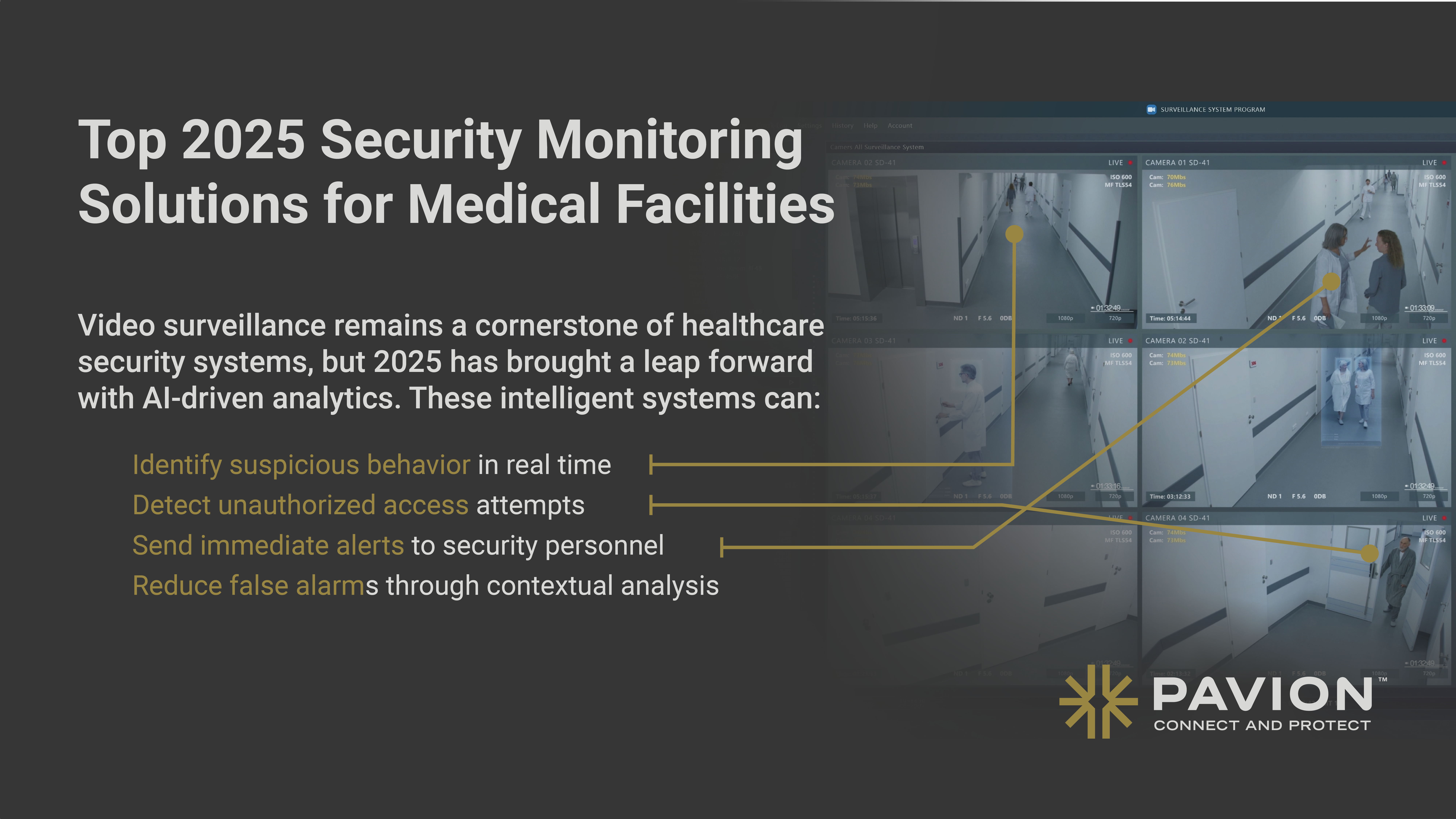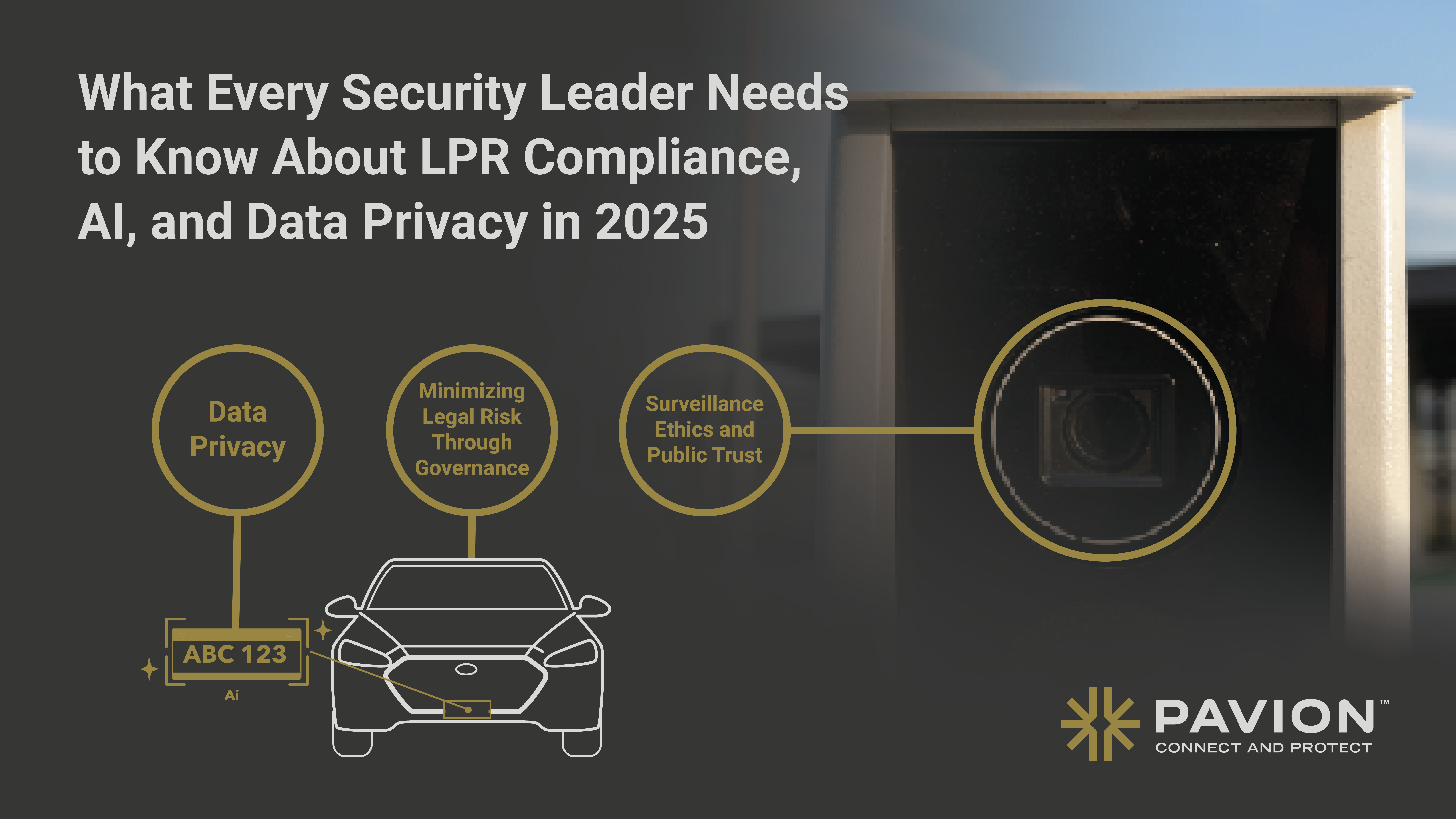
Security System Integration with IoT Devices
Pavion specializes in the field of security system integration with IoT devices. As technology continues to evolve at a rapid pace, the Internet of Things (IoT) has emerged as a powerful force in reshaping various industries. This article will delve into the intricacies of IoT devices and explore their role in modern technology. We will also emphasize the importance of security in IoT devices and discuss potential risks and threats that users may face. Furthermore, we will outline the steps to integrate security systems with IoT devices, addressing challenges that may arise during the process. Finally, we will take a glimpse into the future and examine the trends expected in IoT and security system integration.
Understanding IoT Devices
In order to fully grasp the concept of security system integration with IoT devices, it is essential to understand the basics of IoT technology. IoT devices are physical objects equipped with sensors, software, and connectivity features that allow them to collect and exchange data. These devices encompass a wide range of products, from smart home appliances and wearable fitness trackers to industrial machinery and smart city infrastructure.
The Role of IoT in Modern Technology
The integration of IoT devices into our daily lives has revolutionized the way we interact with technology. By collecting and analyzing data in real-time, IoT devices have enabled us to make more informed decisions and enhance our overall productivity. In sectors such as healthcare, agriculture, and transportation, IoT technology has played a pivotal role in improving efficiency and reducing costs.
Let’s delve deeper into the various types of IoT devices and their applications:
1. Smart Home Appliances: IoT devices have transformed our homes into smart, interconnected spaces. From smart thermostats that learn our temperature preferences to smart refrigerators that can create shopping lists, these devices have made our lives more convenient and efficient. Additionally, IoT-enabled home security systems provide enhanced protection by allowing homeowners to monitor their properties remotely.
2. Wearable Fitness Trackers: With the rise of fitness-conscious individuals, wearable fitness trackers have become increasingly popular. These devices, equipped with sensors to monitor heart rate, steps taken, and sleep patterns, help users track their fitness goals and maintain a healthy lifestyle. They can also sync with smartphones to provide real-time updates and personalized recommendations.
3. Industrial Machinery: In the industrial sector, IoT devices have revolutionized operations by enabling predictive maintenance and optimizing production processes. By collecting data from sensors embedded in machinery, manufacturers can identify potential issues before they cause equipment failure, reducing downtime and improving overall efficiency.
4. Smart City Infrastructure: IoT technology has also been instrumental in the development of smart cities. From smart streetlights that adjust their brightness based on traffic patterns to smart waste management systems that optimize garbage collection routes, these devices help cities become more sustainable and efficient. Additionally, IoT-enabled traffic management systems can analyze real-time data to alleviate congestion and improve transportation networks.
5. Healthcare Applications: IoT devices have transformed the healthcare industry by enabling remote patient monitoring, personalized treatment plans, and improved medication adherence. For example, IoT-enabled wearable devices can continuously monitor vital signs and transmit data to healthcare professionals, allowing for early detection of health issues and timely interventions.
6. Agricultural Innovations: In agriculture, IoT devices have revolutionized farming practices by providing farmers with real-time data on soil moisture levels, weather conditions, and crop health. This information enables farmers to optimize irrigation schedules, make informed decisions about fertilization, and detect early signs of crop diseases, leading to increased yields and reduced environmental impact.
In conclusion, IoT devices have become an integral part of our modern lives, offering numerous benefits across various industries. From smart homes to industrial machinery and smart cities, the applications of IoT technology are vast and continue to expand. As we embrace the potential of IoT devices, it is crucial to prioritize security measures to protect our data and ensure the seamless integration of these devices into our daily lives.
The Importance of Security in IoT Devices
While IoT devices provide numerous advantages, they also introduce new security challenges. As the number of connected devices increases, so does the potential attack surface for cybercriminals. It is crucial for users to understand the potential risks and threats associated with IoT devices. What many businesses don’t realize is that many of the cyber attacks and hacks that occur are not an actual attack on the network, but instead are using a way into the network from other items on the network such as credit card machines, POS, security and more that may not have their security measures set up properly. It is important to work with a company that understands how this happens so the systems can be connected to the network in a way that does not allow for hacks and attacks.
With the rapid growth of the Internet of Things (IoT), more and more devices are becoming interconnected, ranging from smart home appliances to industrial machinery. These devices collect and exchange vast amounts of data, making them attractive targets for hackers and cybercriminals.
One of the main concerns with IoT devices is their vulnerability to hacking and unauthorized access. Cybercriminals may exploit security loopholes in these devices to gain control over sensitive information or even perform malicious actions. For example, a hacker could gain access to a smart home security system and disable it, leaving the homeowner vulnerable to break-ins.
Furthermore, IoT devices can be used as entry points into larger networks, putting the entire system at risk. Once a cybercriminal gains control over an IoT device, they can use it as a launching pad to infiltrate other devices or systems within the network. This can lead to devastating consequences, such as data breaches or the disruption of critical infrastructure.
Potential Risks and Threats
There are several potential risks and threats associated with IoT devices:
- Data Privacy: IoT devices often collect and transmit sensitive data, such as personal information or location data. If this data falls into the wrong hands, it can be used for identity theft, blackmail, or other malicious purposes.
- Botnets: Cybercriminals can compromise multiple IoT devices and create botnets, which are networks of infected devices controlled by a central command. These botnets can be used to launch large-scale attacks, such as Distributed Denial of Service (DDoS) attacks, which can cripple websites or online services.
- Physical Safety: In some cases, compromised IoT devices can pose physical risks to individuals. For example, a hacked medical device could administer incorrect dosages or shut down, endangering the patient’s life.
Safeguarding Your IoT Devices
To ensure the security of IoT devices, users must implement robust security measures:
- Regular Firmware Updates: Manufacturers often release firmware updates to address security vulnerabilities. Users should regularly check for updates and apply them promptly to keep their devices protected.
- Strong Passwords: It is essential to set strong, unique passwords for each IoT device. Avoid using common passwords or default credentials, as these can be easily guessed by hackers.
- Two-Factor Authentication: Whenever possible, enable two-factor authentication for your IoT devices. This adds an extra layer of security by requiring a second form of verification, such as a fingerprint or a unique code sent to your mobile device.
- Network Segmentation: Separate your IoT devices from your main network by creating a separate network specifically for IoT devices. This limits the potential impact of a compromised IoT device on other devices or systems.
- Reputable Manufacturers: When purchasing IoT devices, choose products from reputable manufacturers who prioritize security. Research the manufacturer’s track record and look for devices that have undergone rigorous security testing.
By following these best practices, users can significantly reduce the risk of IoT device vulnerabilities and protect their personal information and privacy. However, it is important to stay vigilant and stay informed about the latest security threats and updates in the ever-evolving landscape of IoT security.
Steps to Integrate Security Systems with IoT Devices
Integrating security systems with IoT devices requires careful planning and execution. By following a set of defined steps, users can optimize the integration process and enhance the overall security of their IoT ecosystem.
Preparing Your IoT Devices for Integration
Prior to integrating security systems, it is essential to assess the readiness of IoT devices. This involves evaluating the compatibility and firmware requirements of each device. Ensuring that devices are up-to-date and compatible with the chosen security system is crucial to avoid any potential integration issues.
Choosing the Right Security System
Selecting a suitable security system is vital to the success of integration. Users should consider their specific requirements and opt for systems that offer robust encryption protocols, secure communication channels, and regular updates. Collaborating with experienced security system providers, such as Pavion, can greatly simplify the selection process.
The Integration Process
During the integration process, it is important to follow best practices to maintain the security of both IoT devices and the overall system. This involves establishing secure connections between devices and the security system, implementing proper access controls, and regularly monitoring device activity for any suspicious behavior. Through diligent planning and thorough execution, users can achieve seamless integration and safeguard their IoT ecosystem.
Challenges in Security System Integration with IoT Devices
While the integration of security systems with IoT devices offers numerous benefits, it also presents unique challenges.
Compatibility Issues
The sheer variety of IoT devices available on the market can lead to compatibility issues during integration. Different devices may have different communication protocols or data formats, requiring additional effort to ensure smooth integration. It is crucial to thoroughly research and test compatibility before proceeding with the integration process.
Privacy Concerns
With the increasing amount of data generated by IoT devices, privacy concerns have become a significant challenge. As IoT devices collect personal and sensitive information, it is essential to establish transparent privacy policies and robust data protection measures. Users must be fully informed and have control over the data collected by their IoT devices.
Future Trends in IoT and Security System Integration
Looking ahead, the field of IoT and security system integration is poised for further advancements and innovation.
Advancements in IoT Security
As the IoT landscape evolves, so too do the security measures in place. Advancements in IoT security will focus on developing stronger encryption algorithms, improving authentication protocols, and enhancing device firmware security. These advancements will ensure that IoT devices remain resilient against emerging threats.
Predicted Developments in Integration Techniques
Integration techniques will continue to advance, streamlining the process and reducing compatibility issues. The integration of artificial intelligence and machine learning algorithms will significantly enhance the ability to detect and respond to security threats in real-time. These developments will empower users to better protect their IoT ecosystems and mitigate potential risks.
In conclusion, security system integration with IoT devices is a complex yet essential undertaking in today’s technology landscape. By understanding IoT devices, emphasizing security measures, and following well-defined integration steps, users can ensure the overall resilience and safety of their IoT ecosystem. While challenges persist, the future holds promise for further advancements in IoT security and seamless integration techniques. With the expertise of Pavion and their specialization in security system integration with IoT devices, users can confidently navigate this rapidly evolving landscape.
Secure Your IoT Ecosystem with Pavion
As you navigate the complexities of integrating security systems with IoT devices, the expertise of Pavion stands ready to guide you. Our commitment to innovation and radical service ensures that your IoT ecosystem is not only connected but also protected with the latest in fire, security, and integration solutions. Take the first step towards a resilient and secure future by getting a Free System Assessment today. Let Pavion bring clarity and transformation to your safety, security, and communication needs.


